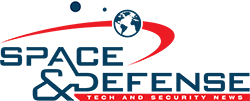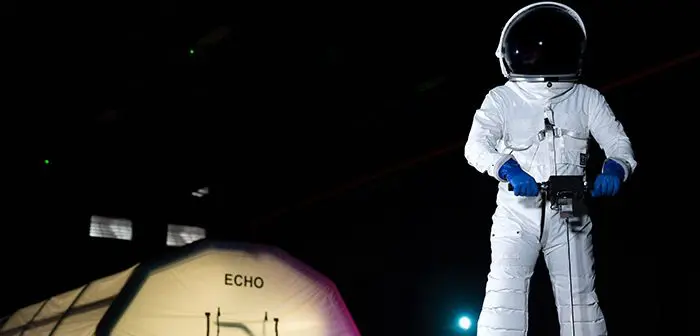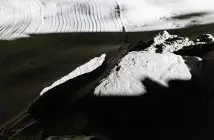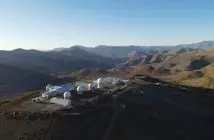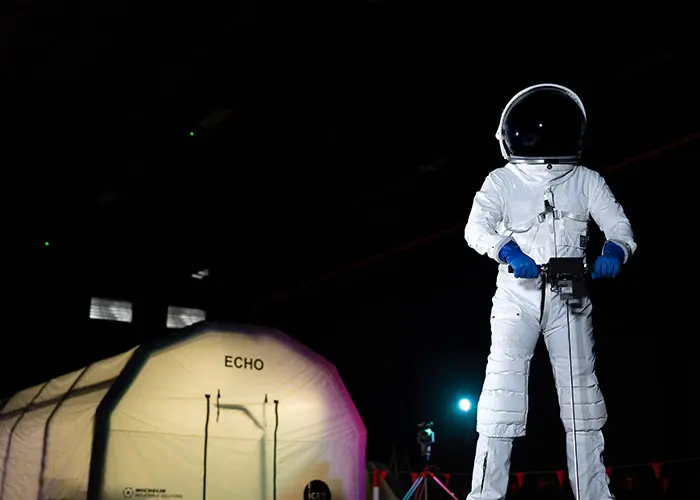
A two-week simulated space mission – the only one of its kind in Australia to join concurrent missions around the world – will put a crew through their paces while performing space experiments at the University of Adelaide.
The University and international space testing, research, and development start-up ICEE.Space have joined forces for the ADAMA Analogue Astronaut Mission in Adelaide, Australia from 9 to 22 October 2025.
Four analogue astronauts will crew a mission in a controlled environment at the University’s Extraterrestrial Environmental Simulation (Exterres) Covered Regolith Analogue Terrain for Experimental Research (CRATER) facility, located at its Roseworthy campus.
“The University of Adelaide is excited to be working with ICEE.Space on the ADAMA Mission,” said the University of Adelaide’s Associate Professor John Culton, Director of the Andy Thomas Centre for Space Resources (ATCSR).
“The University’s Exterres CRATER facility is a research testing environment that simulates conditions on the Moon including the unique lighting experienced during the course of a lunar day.”
The four analogue astronauts include Adrian Eilingsfeld, Base Engineer & Medical Officer; Louis Burtz, Vice Commander & Habcom; Ilija Hristovski, Science Officer and Kato Claeys, Commander of the ADAMA Mission, who will stay in Adelaide to continue her studies as a PhD student at the University.
During the mission the analogue astronauts will be testing sustainable mission systems, next-generation analogue spacesuits and habitats as well as performing lunar mission simulations and operational research which will help build a better understanding of how astronauts cope with living in space.
The South Australian Health and Medical Research Institute’s (SAHMRI) Clinical and Research Imaging Centre and the National Imaging Facility are also partnering with ICEE.Space, carrying out functional MRI scans on the astronauts to look at changes in brain connectivity associated with the isolation and mission tasks.
ADAMA (Astronautical Demonstration of an Analogue Mission in Australia) is part of the World’s Biggest Analog (WBA) which is a two-week-long proof-of-concept mission carried out simultaneously around the globe at sites such as the USA, Austria, Poland and Brazil. It is the largest space analogue mission carried out in history and the only one simulating multiple outposts, making WBA the first of its kind.
ICEE.Space facilitates space exploration research with the provision of an analogue testbed in extreme environments on Earth.
The ADAMA Mission integrates and inspires unprecedented levels of innovation with science and education and will showcase the unrivalled potential of international collaboration,” said Charlotte Pouwels, Co-Founder of ICEE.Space.
“Analogue missions on Earth are used to test protocols, interventions, and new techniques before trying them in space.
“Research insights from Earth-based analogues help crews work more safely and productively in space. They also help prepare for future Moon and Mars-like analogues through research involving team dynamics, diagnosing and treating medical issues in space, and investigating other critical factors for analogue space exploration, including simulating potential hazards.”
The University of Adelaide’s Professor Anna Ma-Wyatt is an experimental psychologist and a specialist in behavioural neuroscience and vision science. She is an expert in human-autonomy teaming – how people interact with technology.
“Astronauts face multiple challenges in space including isolation and confinement, sensory deprivation, and long latencies for communication,” said Professor Ma-Wyatt, Director of Astronaut-autonomy teaming at the ATCSR.
“The ADAMA mission will contribute to our understanding of how the novel physical environment of space affects astronauts’ mental and cognitive wellbeing and how we can mitigate the risks associated with long-term space exploration.”
Knowledge gleaned from the ADAMA mission will be used to inform future deep space exploration.
The University of Adelaide and the University of South Australia are joining forces to become Australia’s new major university – Adelaide University. Building on the strengths, legacies and resources of two leading universities, Adelaide University will deliver globally relevant research at scale, innovative, industry-informed teaching and an outstanding student experience. Adelaide University will open its doors in January 2026. Find out more on the Adelaide University website.
Image: Credit: University of Adelaide – Isaac Freeman
